Sayuri Sasaki Hemann
A response to Rachel Yoder
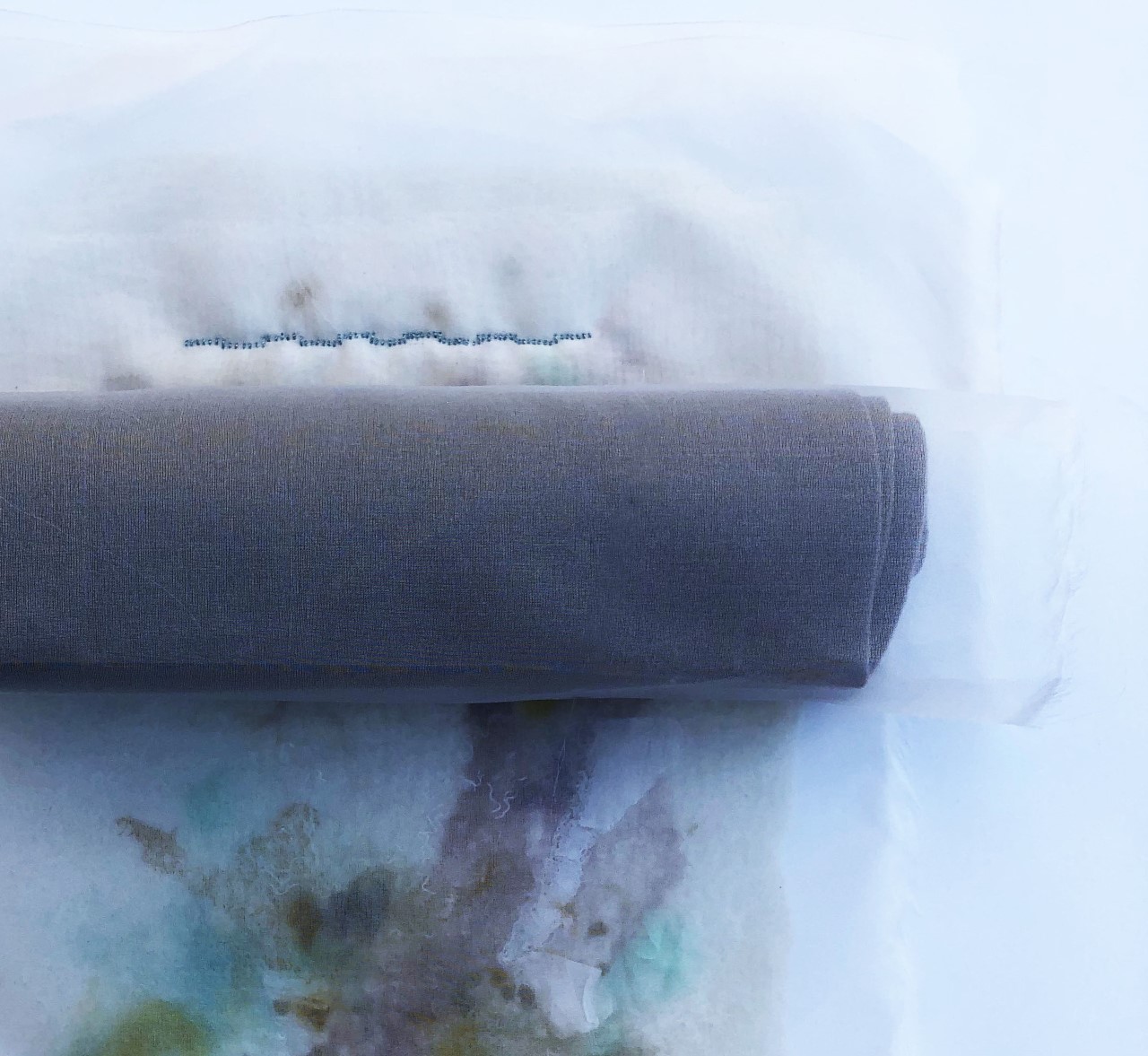
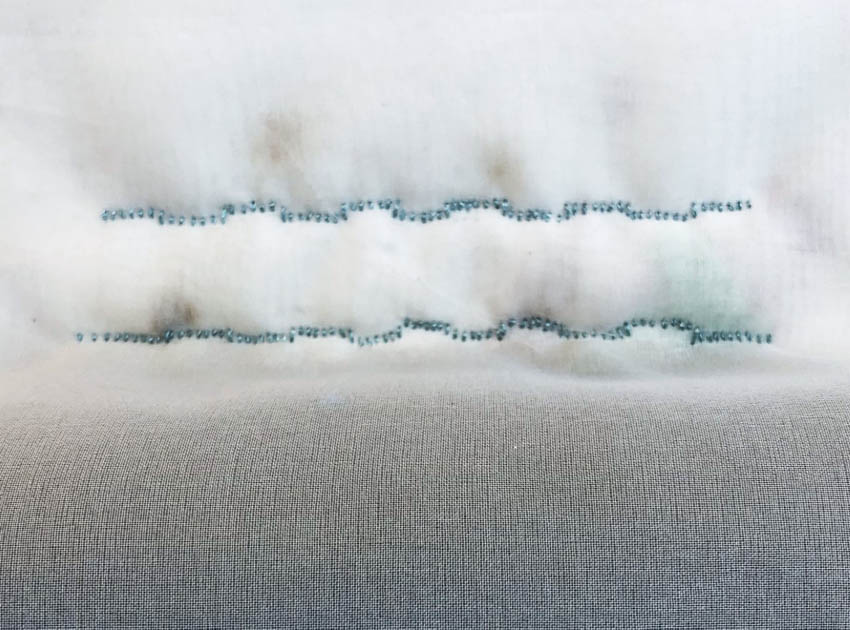
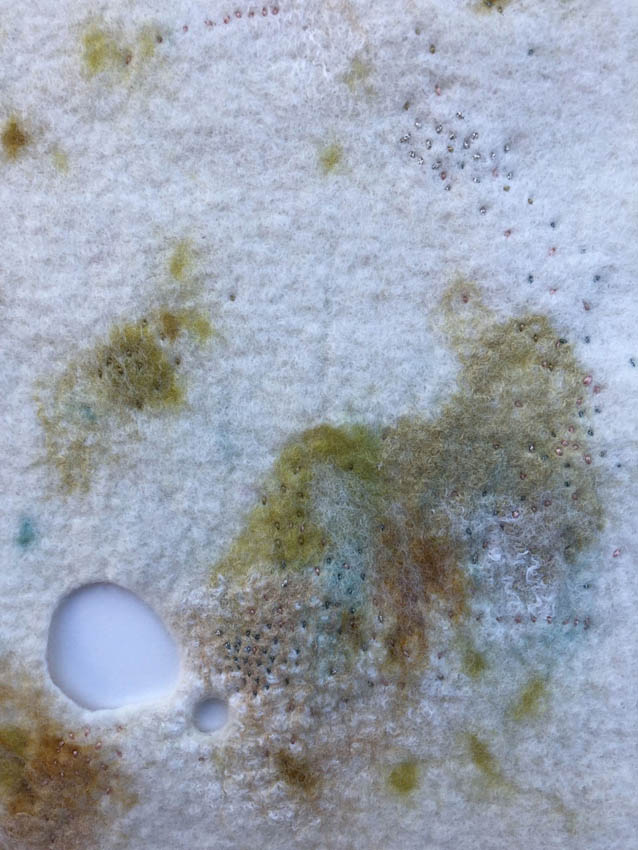
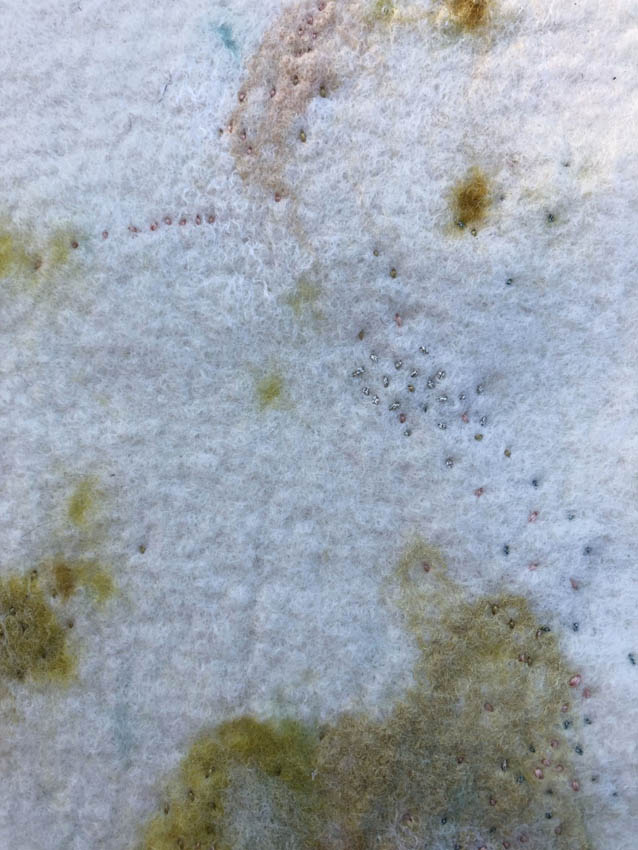
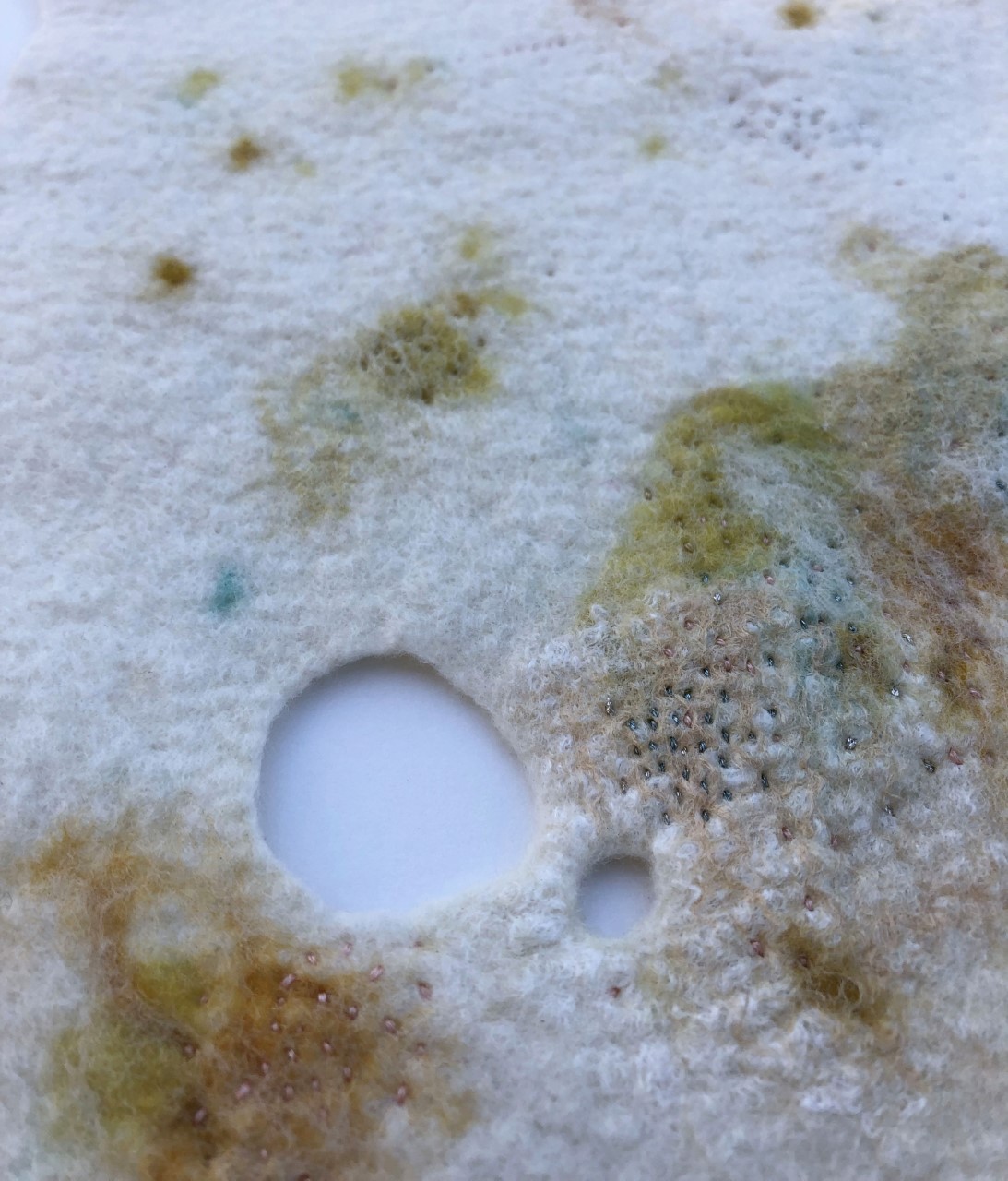
List of Images:
1.The Code
Wool + silk fibers, fabric scraps, silk organza, metallic thread, industrial felt sheet
6”w x 10”h x 3”d
2.The Code, detail
Wool + silk fibers, fabric scraps, silk organza, metallic thread, industrial felt sheet
6”w x 10”h x 3”d
3.flutter
Wool, silk & bamboo fibers, cotton & metallic thread
6”w x 10”h
4.flutter, detail
Wool, silk & bamboo fibers, cotton & metallic thread
6”w x 10”h
5.flutter, detail
Wool, silk & bamboo fibers, cotton & metallic thread
6”w x 10”h
Process Notes
I responded to this prompt by creating two works of art: "The Code," and "flutter." Both works were completed by revisiting and adding onto works that I had created in the past.
The original works were made a few years ago and were inspired by the process itself; of seeing how the fibers and the colors move during the actual felting process. Felting is an ancient process of agitating the wool fibers; in my case with the help of warm soapy water. This time-based process is tactile, and somewhat uncontrolled. I agitate gently at first, and the fibers start moving and start locking onto each other to form felt. The more I agitate, the stronger the felt becomes.
I put these pieces into frames for a few years. They stayed dormant.
They stayed dormant for a while, locked up under the glass.
When I read Rachel Yoder’s Traditional Room, once, then second time, and many afterwords, ideas of mobility vs immobility, being free vs being bound, visibility vs blindness started speaking to me. As I processed these ideas in my head, I started thinking about how the previously created felted works can be “set free” by unlocking them out of the frames that they were in, and letting them have a second life. Moving forward, adding more stitches and elements, just as the ladies in the desert are freed at the end of Rachel’s story, stripped off all the constructs that were binding them.
As an artist, I make rules when creating. Some rules stick around for a long time whereas others become irrelevant as I shift through time, place and space as a human being. Sometimes though, my rules become a burden for me to spring forward; as was the case this time. The process of creating these two pieces let me look at ‘completed’ works with a new set of eyes, and liberated me from the burden of the past; it let me flutter.
Responses to Rachel Yoder's Work
Sayuri Sasaki Hemann
Sayuri Sasaki Hemann is a multidisciplinary artist living and working in Iowa City, IA. She works seamlessly between many mediums using materials familiar and unfamiliar. Sayuri’s works often explore the themes of one’s relationship to the surrounding environment, and finding self in relation to place, space and time.
To see her portfolio, visit: www.sayurisworld.com